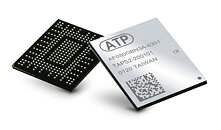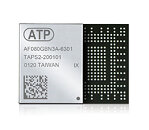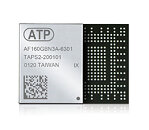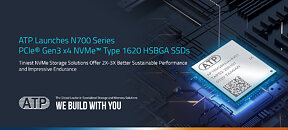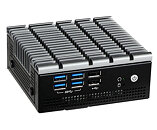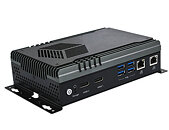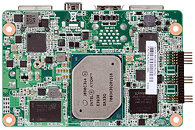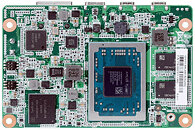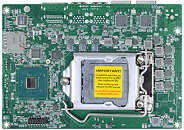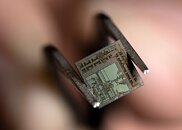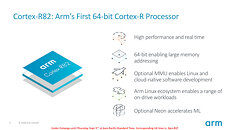
NVIDIA to Deliver a Keynote on The Transformational Power of Accelerated Computing at COMPUTEX 2021 Hybrid
TAITRA (Taiwan External Trade and Development Council) announced today that NVIDIA will be delivering a keynote, entitled "The Transformational Power of Accelerated Computing, from Gaming to the Enterprise Data Center" at COMPUTEX 2021 Hybrid. Jeff Fisher, Senior Vice President of NVIDIA's GeForce Business Unit, will present on June 1 at 1:00 pm Taiwan time on the massive opportunities that GeForce PC gaming represents for the Taiwan ecosystem.
Manuvir Das, Head of Enterprise Computing at NVIDIA, will then address "The Coming Democratization of AI." He will share three shifts driving this trend and explain how enterprises that embrace them can thrive in the coming years.
Manuvir Das, Head of Enterprise Computing at NVIDIA, will then address "The Coming Democratization of AI." He will share three shifts driving this trend and explain how enterprises that embrace them can thrive in the coming years.

